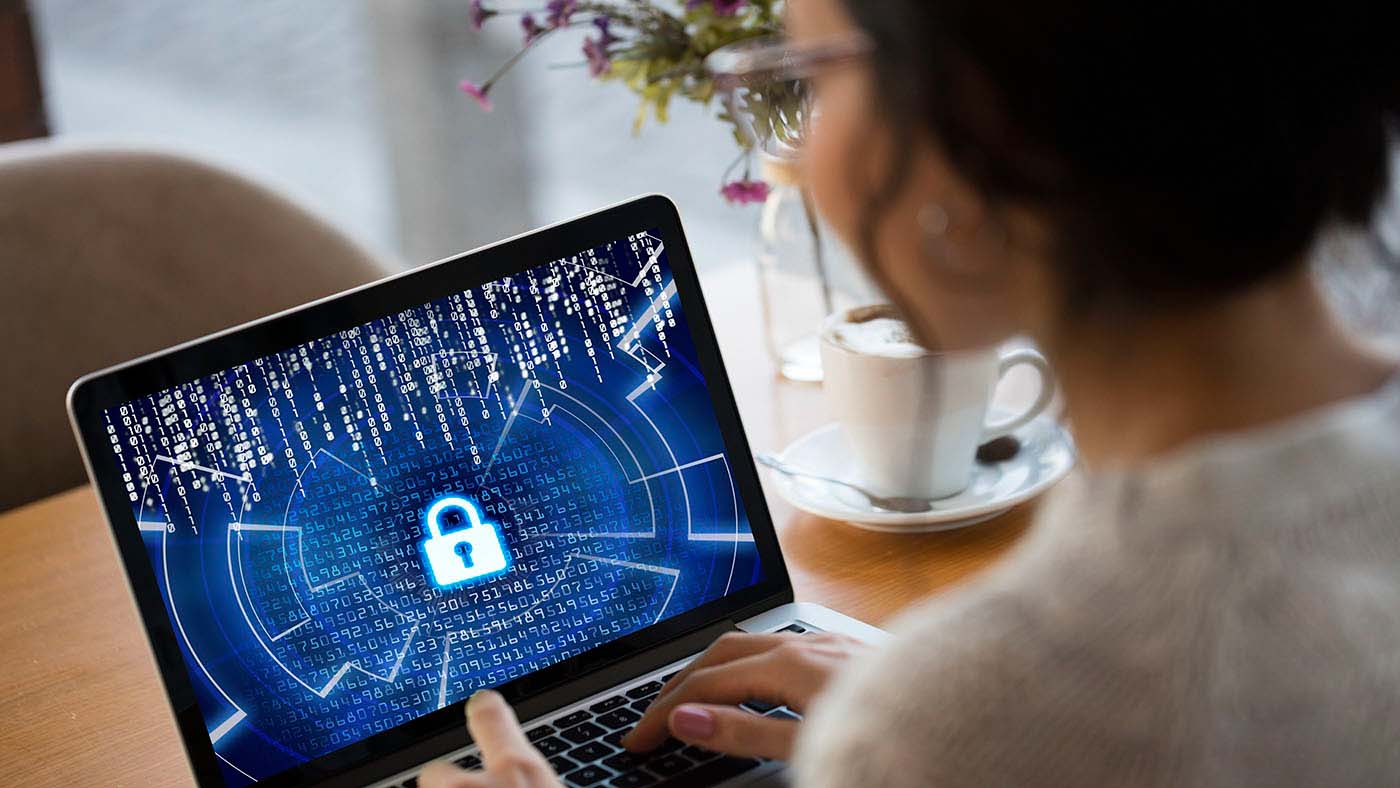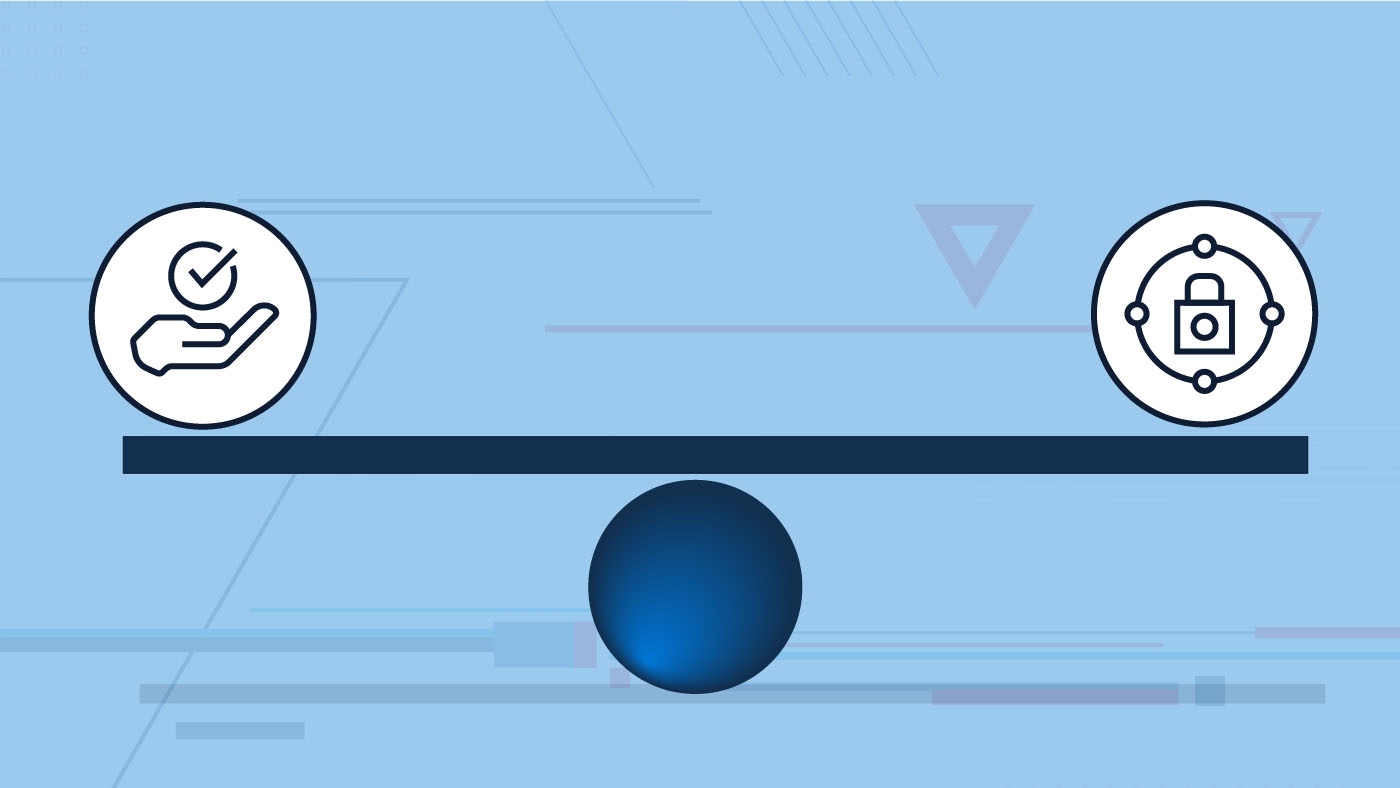Cybercrime is on the rise, and everyone’s a target. The challenges of staying ahead of cyber threats within your networks can feel like an overwhelming task, as there will continuously be developing risks that have the potential to disrupt or dismantle your online footprints. Hackers, advanced viruses, identity thieves and intelligent malware are all part of the hostile threat landscape, which leaves you exposed without exception when it comes to digital privacy.
While attempting to predict these threats can be taxing, preventing them is possible with cybersecurity best practices. Implementing best practices can maintain the safety of your identity so that pertinent account information can’t be stolen or altered.
Best ways to stay safe
Regularly using best practices can drastically improve the security of your online systems and information by being proactive against evolving cyber threats:
- Enable an additional layer of security through two-factor authentication.
- Update your passwords by including upper and lowercase letters, numbers and symbols.
- Always clear your cookies and browser history to prevent autofill on your device browsers. This will protect your information in case your device is lost or stolen.
- Delete all unused applications and review the privacy permissions given to the apps you use. A good rule of thumb is to ask yourself whether the apps you’re using need to have access to your location, photos and contacts.
Learn more tips to help you understand and address this pervasive risk by checking out the Department of Veterans Affairs’ Cybersecurity Checklist. It describes immediate ways you can improve cybersecurity by providing a deeper look into best practices, such as updating software and backing up your most critical files online and offline.
Let’s keep it clean
Cleaning up your digital life is one of the most practical, yet overlooked, ways to improve online safety. A decluttered digital presence can keep your accounts organized and manageable, giving you the power to ensure your data is only visible or accessible to authorized individuals.
Using cybersecurity best practices helps with account maintenance and security. By developing a security strategy that’s personal to you, you can take precautions to help keep your sensitive data organized and protected from theft.






